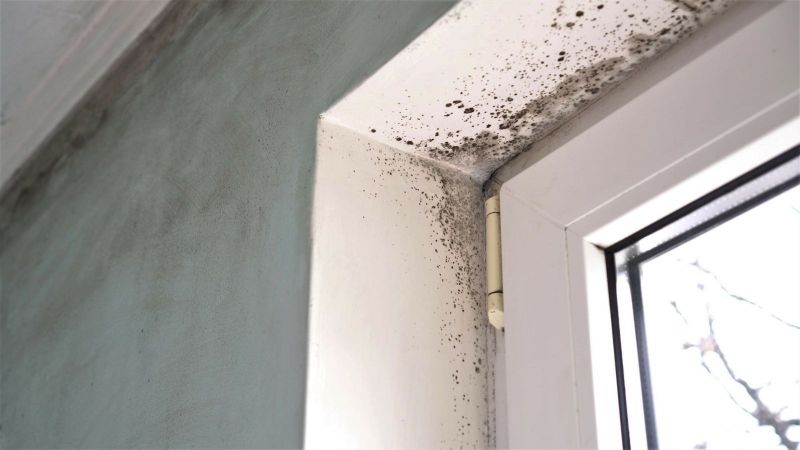Mold is a common problem that many homeowners face, and it can be both unsightly and potentially harmful to your health. If left unchecked, mold can spread rapidly and cause damage to your property. Effective mold remediation is essential to ensure a safe and healthy living environment for you and your family. In this article, we will provide you with expert tips on how to say goodbye to mold and prevent it from coming back.
- Identify the Source
The first step in mold remediation is to identify the source of the problem. Mold thrives in damp and humid conditions, so check for areas with water damage, leaks, or high moisture levels. Common problem areas include basements, bathrooms, kitchens, and areas around windows and doors.
If you discover a leak or water damage, address the issue promptly to prevent further mold growth. Fixing the source of moisture is crucial for effective mold remediation.
- Safety Precautions
Before you start the mold remediation process, ensure you take necessary safety precautions. Mold can release spores into the air, which can be harmful when inhaled. Wear protective gear, such as gloves, goggles, and an N95 respirator, to avoid direct contact with mold spores and prevent respiratory issues.
- Ventilation
Proper ventilation is essential in preventing and getting rid of mold. Use exhaust fans in bathrooms and kitchens to reduce humidity levels. Additionally, ensure that your home has adequate ventilation, allowing fresh air to circulate and keep humidity in check.
- Remove Mold-Infested Materials
For effective mold removal, you may need to discard porous materials that are extensively affected by mold, such as drywall, carpeting, and insulation. These materials can be challenging to clean thoroughly and may harbor mold spores even after cleaning.
Carefully bag and dispose of mold-infested materials following local regulations for handling mold-contaminated waste.
- Clean Non-Porous Surfaces
Non-porous surfaces like glass, metal, and plastic can usually be cleaned effectively to remove mold growth. Use a solution of water and mild detergent to scrub the affected areas. For more stubborn mold stains, a mixture of equal parts white vinegar and water can be effective. Alternatively, you can use a commercial mold cleaner following the manufacturer's instructions.
Remember to dry the cleaned surfaces thoroughly to prevent future mold growth.
- Use Mold-Inhibiting Paint
To add an extra layer of protection against mold, consider using mold-inhibiting paint in high-risk areas like bathrooms, kitchens, and basements. Mold-resistant paints contain antimicrobial agents that prevent mold growth on painted surfaces.
- Address Mold in HVAC Systems
Mold can also grow in your HVAC system, spreading mold spores throughout your home. Have your HVAC system inspected regularly, and clean or replace filters as needed. Consider installing an air purifier with a HEPA filter to trap mold spores and other allergens effectively.
- Monitor Humidity Levels
Keep a close eye on indoor humidity levels, aiming for a range of 30-50%. You can use a hygrometer to measure humidity. If the humidity is consistently high, consider using a dehumidifier to reduce moisture levels.
- Regular Maintenance
Prevention is key to keeping mold at bay. Regularly inspect your home for any signs of water damage or leaks, and address them promptly. Clean and dry any spills or flooding within 24-48 hours to prevent mold growth.
- Seek Professional Help
If the mold infestation is extensive or if you have health concerns, it's best to seek professional mold remediation services. A certified mold remediation expert has the knowledge, experience, and equipment to handle mold infestations safely and effectively.
Mold remediation is a crucial process that should be approached with diligence and care. By following these effective tips, you can say goodbye to mold and create a healthy living environment for you and your family. Remember to identify and address the source of moisture, wear proper safety gear, and clean and ventilate your home regularly. In cases of extensive mold growth or health concerns, don't hesitate to seek professional assistance to ensure a thorough and successful mold remediation process.
